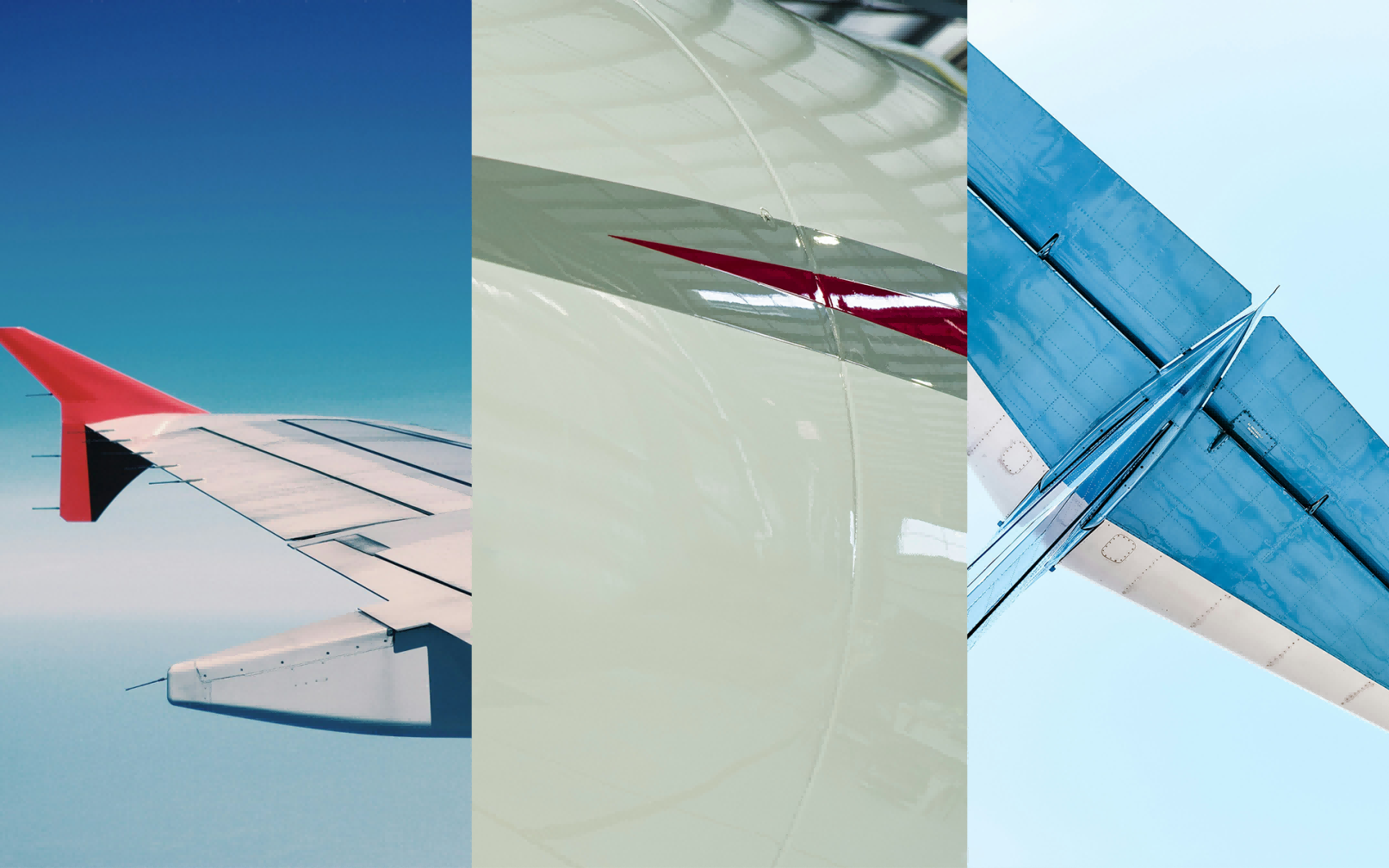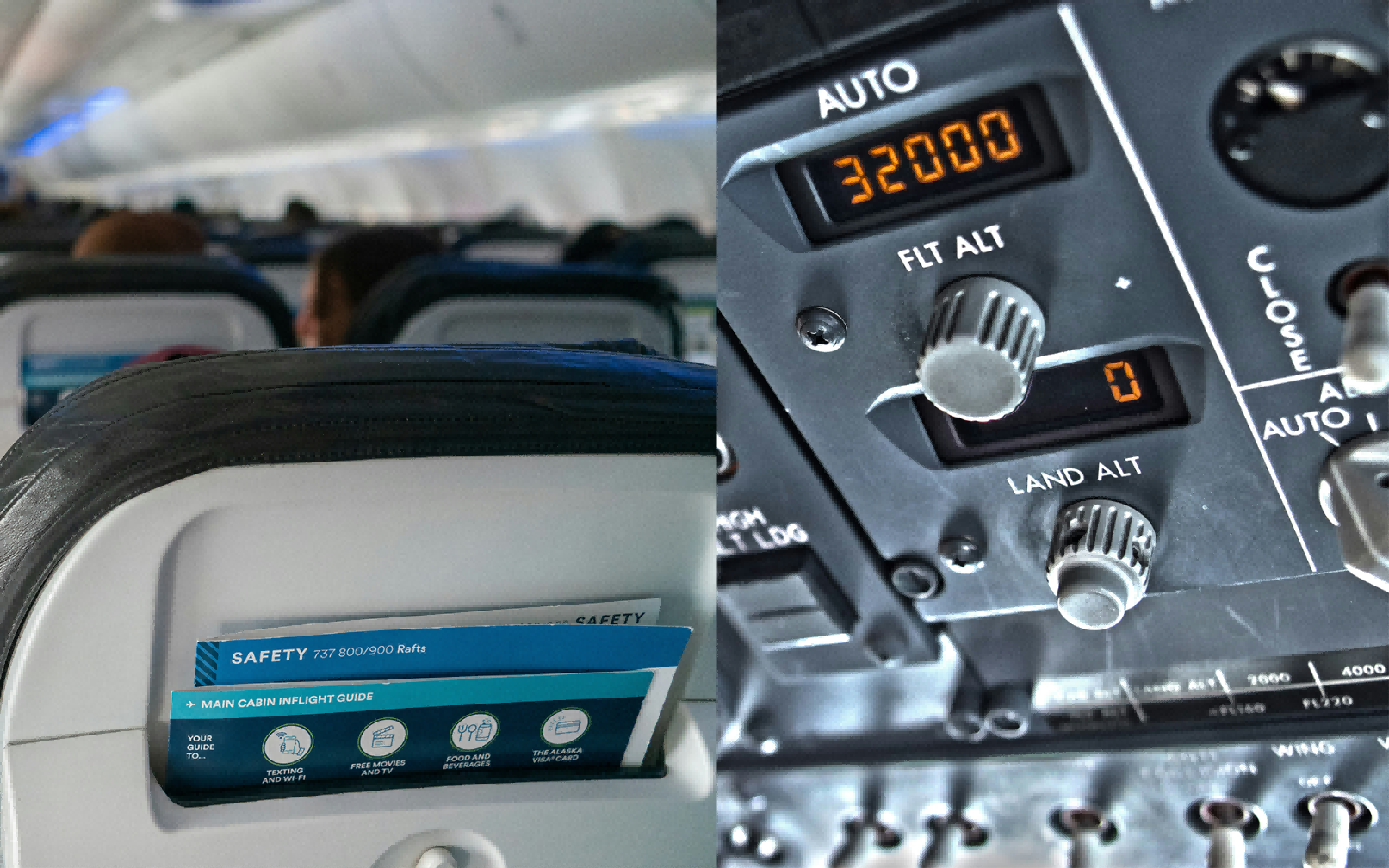
1. Aircraft structure: Fiberglass composite materials are widely used in aircraft structural parts, such as fuselage, wings, tail and other parts. Its high strength, light weight and corrosion resistance enable aircraft to reduce weight, improve fuel efficiency and flight performance.
2. Interior parts: Glass fiber composite materials are also used in aircraft interior parts, such as seats, dashboards, wall panels, etc. Its excellent molding performance and appearance make interior parts lighter, more beautiful and easy to maintain.
3. Repair and maintenance: Glass fiber composite materials are also used in the field of aviation repair and maintenance, such as for repairing and reinforcing damaged parts of aircraft structures, and manufacturing repair tools and equipment.

In general, the application of fiberglass in the aviation field has played a positive role in improving aircraft performance, reducing weight, improving fuel efficiency and extending service life.
Fiberglass cloth has a wide range of applications in the aviation field, mainly in the following aspects:
1. Aircraft structure: Fiberglass cloth is usually an important component of glass fiber composite materials and is used to manufacture aircraft structural parts, such as fuselage, wings, tail and other parts. It has excellent tensile strength and corrosion resistance, which can help aircraft reduce weight, improve fuel efficiency and flight performance.
2. Repair and maintenance: Fiberglass cloth is also widely used in the field of aircraft repair and maintenance. It can be used to repair damaged parts of aircraft structures, reinforce and strengthen them to ensure the safety and reliability of aircraft.
3. Aircraft interior: In some specific applications, fiberglass cloth can also be used for aircraft interiors, such as making lightweight and durable seats and wall panels.
In general, the application of fiberglass cloth in the aviation field plays an important role in the structural strength, lightweight design and repair and maintenance of aircraft.
Glass fiber mat also has important applications in the aviation field. It is usually used as part of glass fiber composite materials in the manufacture and maintenance of aircraft. Specific applications include:
1. Structural reinforcement: Glass fiber mat can be used for the reinforcement and repair of aircraft structures. In aircraft maintenance, when the aircraft structure needs to be reinforced or repaired, the fiberglass mat can be bonded or injected into the parts that need to be reinforced to improve the strength and durability of the structure.
2. Heat and sound insulation: Glass fiber mat can also be used as heat and sound insulation materials for aircraft. In the interior of the aircraft or in the engine compartment, fiberglass mat can play a role in heat and sound insulation, improve comfort and protect aircraft components from high temperatures.
3. Anti-corrosion coating: Glass fiber mat can also be used as a cushioning material for anti-corrosion coating. In the surface coating of aircraft, Glass fiber mat can help improve the adhesion and durability of the coating, thereby extending the service life of the aircraft.
In general, the application of Glass fiber mat in the aviation field is of great significance for the structural reinforcement, heat and sound insulation and corrosion protection of aircraft.
Glass fiber roving also has important applications in the aviation field. It is usually used as one of the raw materials for glass fiber composite materials to manufacture aircraft structural parts and components. Specific applications include:
1. Composite material manufacturing: Glass fiber roving is one of the important raw materials for manufacturing glass fiber composite materials. By combining glass fiber roving with materials such as resin, it can be made into lightweight, high-strength composite materials for aircraft fuselage, wings, tail and other structural parts.
2. Repair and maintenance: glass fiber roving is also widely used in the field of aircraft repair and maintenance. In aircraft maintenance, fiberglass roving can be used to repair and reinforce damaged parts to ensure the structural integrity and safety of the aircraft.
3. Heat and sound insulation: Fiberglass roving can also be used as heat and sound insulation materials for aircraft. In the interior of the aircraft or in the engine compartment, glass fiber roving can be used as heat and sound insulation materials to improve comfort and protect aircraft components from high temperatures.
In general, the application of glass fiber roving in the aviation field is of great significance for the structural manufacturing, repair and maintenance, and heat and sound insulation of aircraft.
Fiberglass mesh also has important applications in the aviation field. It is usually used as a reinforcing material to strengthen aircraft structures and improve the strength and durability of materials. Specific applications include:
1. Structural reinforcement: Fiberglass mesh cloth can be used to strengthen and repair aircraft structures. In aircraft maintenance, when the aircraft structure needs to be reinforced or repaired, fiberglass mesh cloth can be bonded or injected into the parts that need to be reinforced to improve the strength and durability of the structure.
2. Anti-crack control: Fiberglass mesh can also be used to control the expansion of cracks. In the structure of aircraft, especially in parts that are greatly affected by vibration and stress, the use of fiberglass mesh can effectively control the expansion of cracks and improve the safety and reliability of the structure.
3. Heat and sound insulation: In some specific applications, fiberglass mesh can also be used as heat and sound insulation materials for aircraft. It can be used in combination with other heat insulation materials to improve the heat insulation performance of aircraft.
In general, the application of fiberglass mesh in the aviation field is of great significance for the structural reinforcement, anti-crack control and heat and sound insulation of aircraft.
Chopped strands also have important applications in the aviation field. Chopped strands refer to continuous fiberglass strands cut into fibers of a certain length, which are usually used in the manufacture of reinforced materials and composite materials. In the aviation field, the applications of chopped strands include:
1. Composite material manufacturing: Chopped strands are usually used to manufacture glass fiber reinforced composite materials. These composite materials can be used in aircraft structural parts such as fuselage, wings, tail and other parts to improve their strength, stiffness and durability.
2. Thermal insulation and sound insulation: Chopped strands can also be used for thermal insulation and sound insulation materials for aircraft. It can be used in combination with other thermal insulation materials to improve the thermal insulation performance of aircraft, and can also be used in the manufacture of sound insulation materials.
3. Repair and maintenance: In aircraft repair and maintenance, chopped strands can be used to repair and reinforce damaged parts of aircraft structures to ensure the structural integrity and safety of aircraft.
In general, the application of chopped strands in the aviation field is of great significance for the structural manufacturing, thermal insulation and sound insulation, and repair and maintenance of aircraft.
















